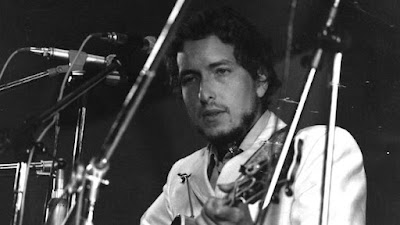Escrita por Roger Hodgson e Rick Davies, foi gravada entre fevereiro e junho de 1974 e lançada no disco de mesmo nome, em 13 de setembro de 1974. Foi produzida por Ken Scott e pela própria banda. A banda achou que essa seria a mais forte canção do disco, por isso deram o nome ao mesmo. É a última faixa do Lado B do LP. Foi composta enquanto eles moravam na Southcombe Farm e só comiam, bebiam e pensavam no novo disco. Rick Davis cantou e fez backing vocals e tocou piano acústico, gaita, órgão Hammond e Sintetizador Elka Rhapsody 610. Roger Hodgson cantou e fez backing vocals e tocou guitarra. Johnny Anthony Helliwell tocou sax. Dougiue Thomson tocou baixo. Bob Sienbenberg tocou bateria e percussão. Ken Scott tocou gongo de água.
A letra:
Now
they're planning the crime of the century
Well, what will it be?
Read
all about their schemes and adventuring
Yes, it's well worth a fee
So roll up and see
How they rape the universe
How
they've gone from bad to worse
Who are these men of lust, greed and
glory?
Rip off the masks and let's see
But that's not right,
oh, no, what's the story?
But there's you and there's me
That can't be
A versão do Supertramp:
A versão Victor Hugo, Gustavo Correa e Will Brasil:
A versão de Noolands:














